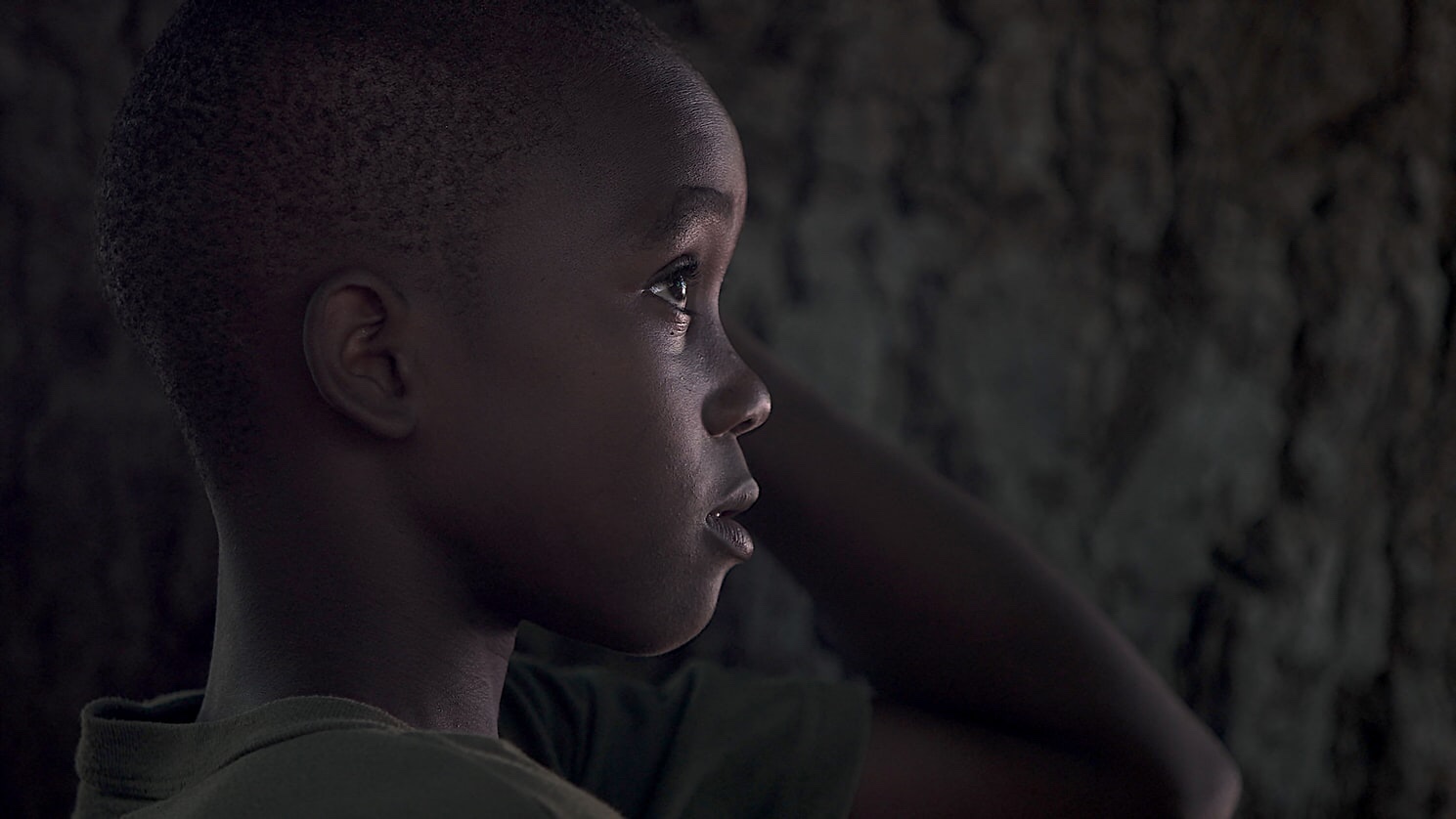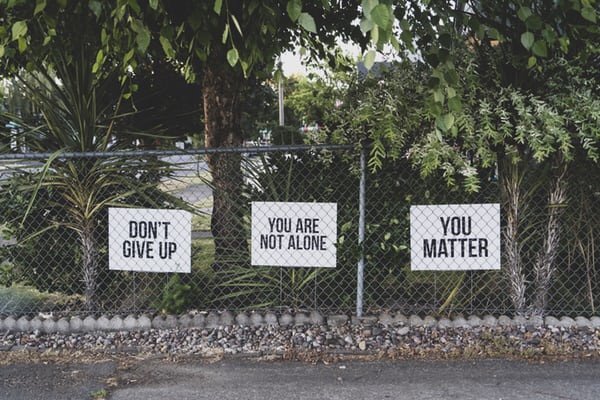By Shay Stinson
It’s the holiday season and the crowds are slowly shifting through crowded department stores. The sound of holiday music surrounds us. Songs of joy, laughter, happiness and hope are being constantly piped into our psyche. The air of giving is thick and heavy on the hearts of many. This is the season to be joyous and celebratory with family. The classic movies and cartoons that we have grown to know verbatim and love are on every channel. There is no way to escape the burden of joy and the responsibility of taking part in the festivities.
Now, imagine you are a foster child that has been removed from the only family you have ever known, and everyone expects you to be grateful and happy, and to overlook your circumstances just because it’s supposed to be “the most wonderful time of the year.” Processing mixed emotions during a season that expects the best of everyone can be a very difficult task for even the most emotionally-balanced adult. This kind of burden on the mind and heart of a traumatized child can spell disaster.

Photo Credit: Zach Vessels, Unsplash
The holiday season does not give them a break on their reality. In most cases, it heightens the trauma and reminds them of a life they may have once known with their biological family. If they are young enough to not remember their past life, eventually, they still may have some knowledge and moments of self-discovery that leads them to the same negative emotions they’d have if they did remember the trauma. During this holiday season, extra precautions should be taken to make sure children who have experienced trauma are supported and cared for emotionally.
As our CEO, Abdul Seraaj, stated in a case review on December 11, 2019, “all children that come into the foster care system are ‘therapeutic’ [cases] and have lived through some form of ongoing trauma.” The trauma may have just started with the conditions that led the child welfare system to intervene, and then continued during removal and whenever a child must enter a new home. If untreated, the trauma could have lasting effects. Even then, they will never be loved enough to completely forget this chain of events. This is a hard reality. But they can be loved enough to feel supported in processing these events while still living a successful and well-rounded life.
How do we fix this? We start by realizing that we cannot fix this. We can only support them and work from a position of intervention and awareness. Just as we have positive emotions, everyone also experiences negative emotions. To be human is to experience life, which is a constant struggle full of tests made to strengthen us. Children are not excused from this reality.

Photo Credit: Keenan Constance, Unsplash
During the holiday season, feelings of depression can be masked because there is more family around and more activity than usual, distracting you from your underlying sadness. The CDC has reported that suicide is now the second leading cause of death for youth ages 10 to 14. So, the time when the holidays start to dissipate will be the danger zone. Pay attention to subtle changes in your youth and be watchful of how they readjust (or don’t) to more usual family and household functions.
Here are three simple steps for parents to consider when trying to monitor danger zone signs:
1. Build a relationship that will allow you to notice abnormal behavior.
2. Allow your child to have their own emotions aside from what you think they should feel.
3. Listen. Not always do we need to find a solution. For a child that has been traumatized, sometimes, the solution is someone listening.
Outside of the holidays, suicide, depression, and PTSD are already mental states that many children in foster care struggle with every day. Learning your children and getting to a point of open communication will be one of the best tools in your arsenal of care. Find ways to build deeper connections and, at least, create a rapport to where the child thinks of you as one of their safe spaces. There may be signaling conditions and issues that you are not able to handle. Building trust with your children will ensure that they can still come to you with the feelings they experience and seek further help.
To be safer, have this talk with your children before it is needed. Just as we discuss “the birds and the bees,” we should discuss processing emotions. The suicide prevention hotline number, 1-800-273-8255, can be posted on the fridge or on their bathroom mirror, and saved in their cellphone. The Federal Communications Commission (FCC) just recently approved the use of a three digit short code, 988, for text users, to get to help quickly. If they have an aunt, uncle, mentor, or professional care team worker they trust more than you, stay out of the way. You can help from afar, and still watch for signs in case you are needed. The idea is for the children to have a safe space. Remember to remain open when having these conversations.
Especially for children in foster care or who have been adopted, not being outwardly thankful or grateful of those that are trying to help does not equate to being ungrateful. Gratitude and forgiveness both involve a lengthy process. For children that have experienced trauma, they may have a longer road to creating safe spaces compared to others who have not experienced trauma their level of trauma.
During the holidays, as we all know, with kids, almost every day, we must be watchful of their emotions and mood changes. Let’s not allow the mental health of our family members, no matter what age they are, get overshadowed by the boisterous, joyous, holiday cheer. Suicide can be prevented in many cases and the blows of depression and PTSD can be softened with the right help. Reaching out to someone in crisis is one way to change the statistics. Let them know, “I see you, I hear you, and I’m here for you.”

